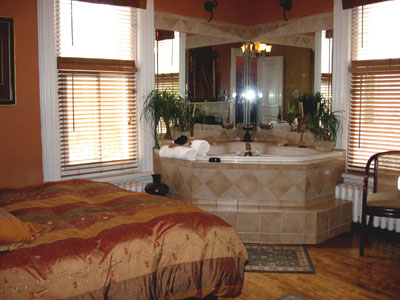Transportation is an integral experience of any trip, and when you get a chance to experience a unique mode of transportation it’s even better. Even though today we didn’t have the best weather, I drove from Ottawa over the bridge to Hull (now officially part of the Municipality of Gatineau), and not far from the famous Casino du
Lac-Leamy is the train station for the Hull-Chelsea Wakefield Steam Train. This tourist train runs on the former Gatineau Railway Line, built between 1890 and 1903 by the Ottawa and Gatineau Valley Railway whose purpose was to connect downtown Ottawa with the Quebec town of Maniwaki in order to facilitate lumber transports. Due to a shortage of funds the entire railway line was never fully completed and passenger service through the Gatineau Valley ceased operation in 1963.

The Hull-Chelsea-Wakefield Steam Train, a glimpse at historic train travel
Today the 64 km stretch covered by the Hull-Chelsea Wakefield Steam Train winds its way through a scenic landscape wedged in between the Gatineau Hills and the Gatineau River. The idea for this tourist train was conceived by a private and public consortium in 1992, and in 1994 a local businessman, Mr. Jean Gauthier, bought the tourist train, restructured the enterprise and turned it into a successful tourism venture that has since won a variety of prizes and awards, including several Grand Prizes awarded by Quebec Tourism.
The Hull-Chelsea-Wakefield Steam Train consists of an authentic steam engine of Swedish origin, built in 1907. Sweden used to have an entire fleet of steam engines which they phased out in the 1950s when the country’s railroad system became electrified. They did not scrap the old steam engines, but put them into storage. Due to the threat of the Cold War, they feared that their electricity production capacity might be attacked by invaders, and the old locomotives were hidden in shelters, just in case they were needed to provide an alternate source of transportation.

The “909”, star of the show at the Hull-Chelsea-Wakefield Steam Train
By 1990 the threat of the Cold War had subsided and the Swedish government decided to sell its 200 steam locomotives, one of which (the “909”) was picked up by the Hull-Chelsea-Wakefield project along with a 1962 General Motors diesel locomotive. Each engine is capable of about 1000 horsepowers and when there are more than 8 coaches attached, usually both locomotives are in service.
The nine coaches themselves were also built in Sweden during the 1940s. The Quebec coach holds a snack bar while the Club Riviera is the luxury car. The seven other coaches feature comfortable seating and there is limited wheel chair capacity in the Wakefield coach. The Riviera car was refurbished and upgraded a few years ago and features a great room and 3 private rooms. It is often used for private and corporate events.

Maxime gives us an introduction in the Club Riviera coach
My ride was going to be in the luxury Club Riviera coach, and as I settled into a comfortable armchair, I sat back and thought of the grand old times of train travel. Our tour guide and attendant Maxime welcomed us through her wireless microphone in both official languages and our trip had begun. We started rolling slowly through the north end of Hull and soon Maxime jokingly pointed out a “car museum” on our right hand side. Turned out it was a junkyard, I guess “museum” is another, definitely more upbeat way of looking at it.
Our trusty steam train pulled us slowly northwards and we moved into a forested area with the Gatineau River on the right and the forest on the left. Hundreds of trilliums were blooming in the woods and occasionally we heard the whistling of the steam engine. Soon after our departure, Maxime brought an assortment of baked goods, coffee and orange juice to each table. She explained that the Gatineau River is 400 km long and has its origin in Northern Quebec. On the right hand side she pointed out the Chelsea Hydroelectric Dam which was built in 1927 and ended up creating enormous floods. Maxime explained that due to the dam the river is now 75 to 80 feet deep.

Live music entertained us in the Riviera car




